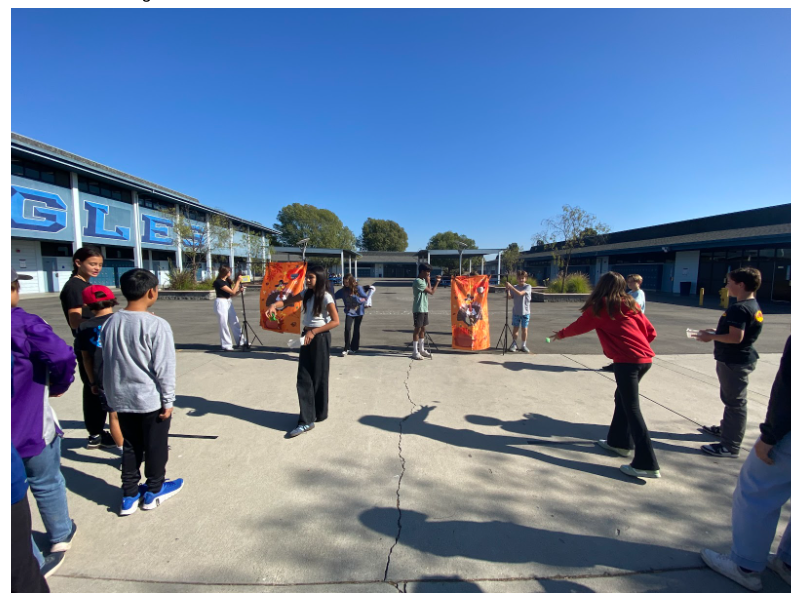As March approaches, many Muslims prepare for their sacred holiday, Ramadan. Ramadan is a month dedicated to the ninth month of the Muslim calendar. To add on, the practice of Ramadan is this holy month is based on the Holy Qur’an who was believed to be sent down from heaven to serve as “a guidance for men and women, a declaration of direction, and a means of salvation”.
An important procedure Muslims have to of through in order to celebrate Ramadan is to follow a strict fasting from dawn to sunset. In other words, one must not eat or drink anything when the sun is out for 29 out of thirty days. This act of fasting is a secret and private act of worship. However, in most occasions, the people who fast often have a pre-dawn meal of dates and milk. Many Muslims see this as a form of discipline, and they break the fast at the end of the day with a festive meal called an Iftar. Besides fasting being used as a form of worship, may Muslims spend Ramadan praying at a mosque for multiple hours. Moreover, people also take their time to recite a special prayer named the Tarawih prayer, which translates to “night prayer”. As Ramadan reaches to an end everyone celebrates by engaging in a family feast called the Eid al-Fitr to break the fast.
There are twelve lunar months as well as twelve solar months. As a result, the dates of Ramadan are moved back 11 days a year. This is why Ramadan takes place on March 11th this year. April 9 marks the end of Ramadan; this day is known as the Eid holiday. Although the start and/or ending days may differ depending on where it is celebrated, a congregational prayer is said in the morning and many people choose to visit friends and relatives on the end of Ramadan.
As we are in the month of March, let’s recognize this sacred holiday celebrated in several parts of the world!






